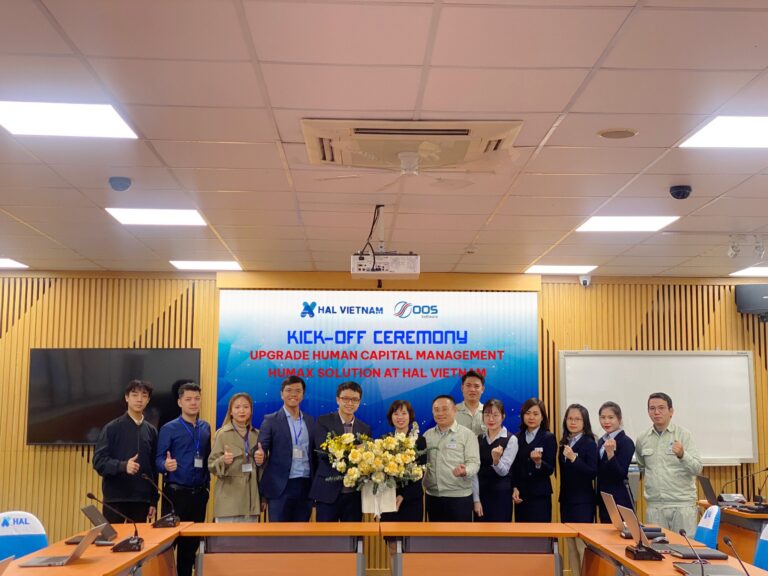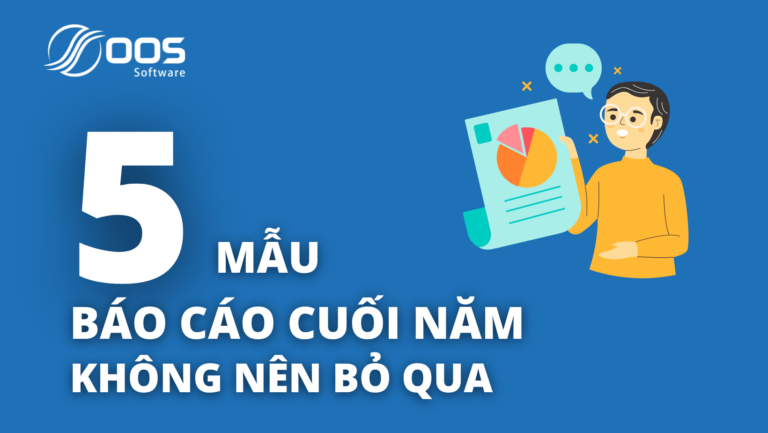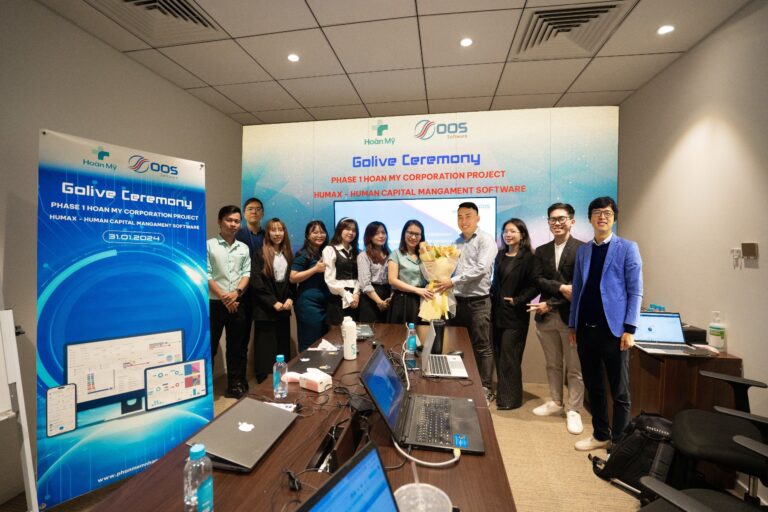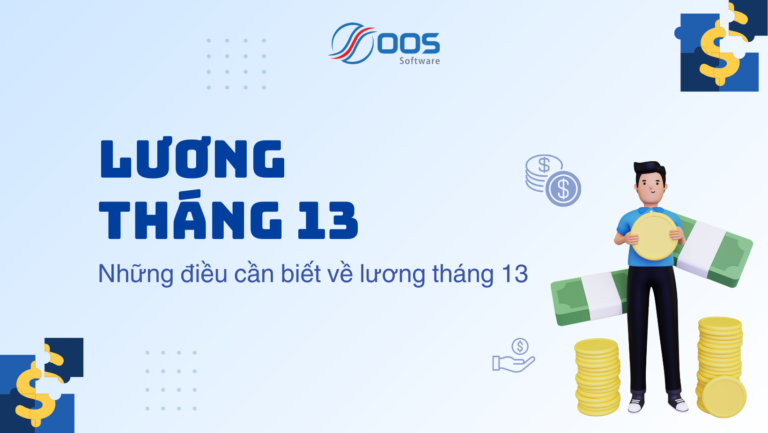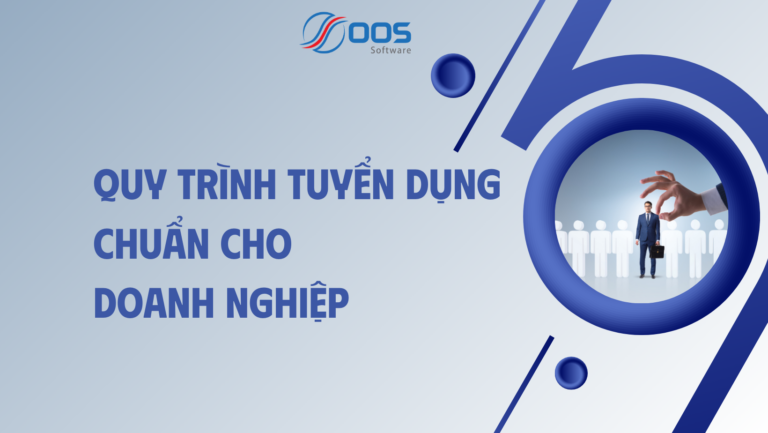These HR strategy The following help businesses choose the right employees for each stage of development.
Visualizing an ideal candidate is necessary, but besides that, your company needs to have the right HR strategies for each stage of development. At a scale of 200 employees, you cannot apply the same HR strategy as if the company has 20 people.
In an article in Entrepreneur, Heather Doshay - Vice President of Human Resources at Rainforest Company divided the development process of a business into four stages, corresponding to four stages in human life. At each stage, Heather Doshay will outline the key people the company needs to grow successfully.
Heather Doshay completed her PhD program in Organization and Leadership at the University of San Francisco (USA). She was a member of the human resources board of Forbes.

1. Childhood (1-50 employees)
Status: You have an unlimited supply of energy and ideas.
Person to be recruited: Creator
They are people who can connect with energy and inspiration like children. They are constantly asking questions, sometimes more than they can answer. They create beyond the stereotypes. They don't mind the attention of the crowd, just focus on getting the job done the best they can. They want to test many different projects. In this state, chaos is acceptable. Most mistakes need to happen at this stage in order for the business to have the resistance to the next stage.
Human resource management tips: Don't assign early hires titles like "head of department/section manager... of company X" unless you can guarantee that they will accompany you in the next stage of development. A lot of startups run into problems when their team enters the first stage of development.
Early employees are assigned to very high positions, such as director, deputy director, department head, etc. However, creative workers at this stage often struggle to draft processes, policies are often similar to those of medium and large enterprises. In addition, the title of “Director” will only add to the stress in these employees.
If you need a promotion, use the title “Team Leader” instead. Over time, if this employee really goes with you in the next phase, then promote them to “Head of Department/Director” when their managerial abilities are ripe.
2. Teenage stage (50-150 employees)
Status: This is the stage when the company successfully conducts the second round of funding or has a stable customer base. At this stage, you may be looking for market expansion opportunities or new product launches. At this stage, the company is gradually perfecting the elements necessary to become a full-fledged business, so what you need is a vision as well as good tools to sharpen the company's core competencies. company.
Person to be recruited: Executor
At this stage, you know what you need/do to succeed but lack the people and processes needed to achieve it. So you need someone who can roll up his sleeves and clean up the mess from the previous freelance creative phase. These will be the people who can harmonize with creative employees to jointly build a strategy, vision, and process foundation as a solid framework for your business to continue to grow.
Recruitment tips: Pay headhunters to get many quality candidates with diverse personalities. Most startups choose to ask for referrals from acquaintances, but this often does not bring many options for the company.

3. Youth stage (150-500 employees)
150 employees is an important milestone. That's when your company can hardly delay settling on its HR strategy, or adopting the laid-back startup culture. At this stage, creative employees will be the group that has the most difficulty adapting. The team performing at this stage will also slow down when they need to analyze to give appropriate direction.
So you need people who can optimize initiatives in a way that works for veterans. Without the right changes, not encouraging the initiative to promote, the company's profits will decrease and the original employees will one by one leave.
Person to be recruited: Optimizer
They are employees who take data processing seriously. They'll take everything you've built into consideration and find ways to optimize it. Their inspiration comes from reviewing current situations and finding ways to optimize them. These are the people who will likely come into conflict with creative workers. If the optimizer holds the managerial position, there is a very high chance that the creative employee will quit at this stage.
Recruitment tips: Optimizers do not need to have a master's degree in business administration or two years of experience working at large corporations. To hire this person, you should invest in a rigorous recruitment process to find the necessary qualities in potential candidates.
4. Maturity Stage (more than 500 employees)
When transitioning from youth to adulthood, all the necessary features for a stable business are ready. While problems will always appear, at any stage of development, you already have a fully operational system. So you will know how to provide the inputs to get the expected result. So at this stage, you won't need to hire people who are able to operate that system. You need strategy as well as attracting the necessary investments to continue to grow the company.
Person to be recruited: Expert
With a scale of 500 employees, one manager cannot manage all the work. The main solution is to hire more experts. These experts are not necessarily the executives in the array. They can be experts with specialized knowledge and extensive experience in the field you are doing business in. They can also be tech experts who can help you bring automation into your company.
Recruitment tips: In this state, people will actively find you, because of the company's brand. To stand out in the recruiting market, make sure your business branding is in sync with your company's recruitment brand. In addition, you also need a media expert to help tell compelling stories about those two brands.
Source: According to Newspaper




